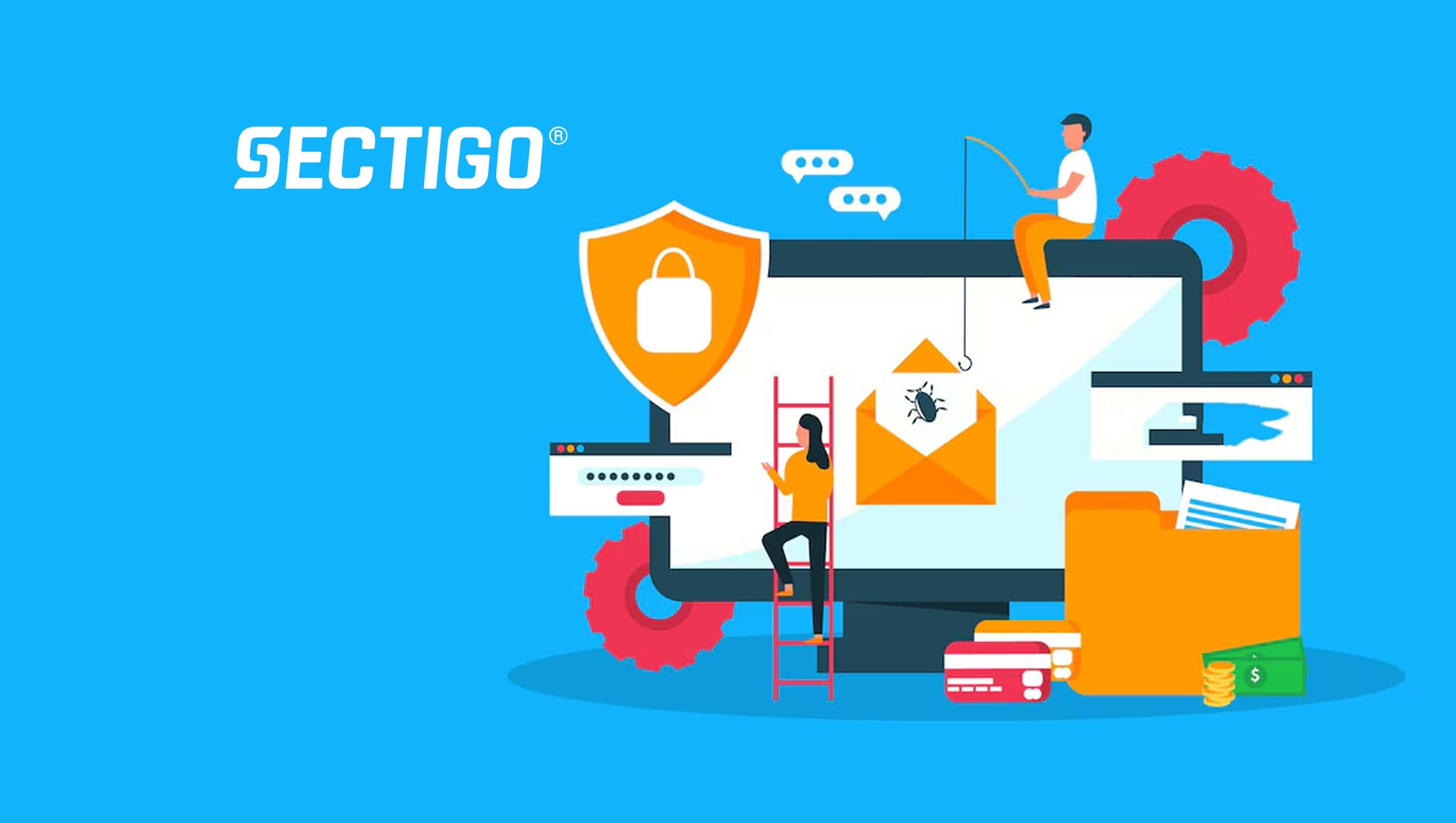New Site Health feature provides a quick, comprehensive security assessment into one clear, actionable score
Sectigo, a global leader in digital certificates and Certificate Lifecycle Management (CLM), announced SiteLock 2.0, a major upgrade to SiteLock, its website security and protection platform. SiteLock 2.0 is designed to simplify website protection for small to medium-sized businesses (SMBs). At the core of SiteLock 2.0 is Site Health, a new, innovative feature offering users a clear, concise, and actionable assessment of a website’s overall security posture. Now, SMBs are empowered to proactively safeguard their websites and act with confidence when it comes to website security posture.
“Website owners often struggle to get a clear, real-time understanding of their security posture across multiple tools, vulnerabilities and potential risks. Sectigo is committed to empowering customers of all technical backgrounds to effortlessly implement, manage and understand robust website security without sacrificing user experience”
The website security market is rapidly evolving, valued at $227M in 2023 and forecasted to reach $408M by 2030. Despite this, SMBs still face significant challenges in protecting their digital assets due to limited budgets and technical expertise. SiteLock 2.0 reduces the complexity of understanding and managing website security, minimizing the time and effort required to configure and maintain security settings, eliminating the frustration of navigating fragmented or overly technical security information.
Marketing Technology News: Adobe Forecasts Record $240.8 Billion U.S. Holiday Season Online with Black Friday Growth to Outpace Cyber Monday
“Website owners often struggle to get a clear, real-time understanding of their security posture across multiple tools, vulnerabilities and potential risks. Sectigo is committed to empowering customers of all technical backgrounds to effortlessly implement, manage and understand robust website security without sacrificing user experience,” said Christopher Bray, senior vice president, worldwide partner and eCommerce sales, at Sectigo. “With the launch of SiteLock 2.0, we’re not just updating a product; we’re transforming and simplifying how SMBs manage website security in an environment that is getting more complex.”
Site Health, SiteLock 2.0’s key feature, goes beyond traditional vulnerability scanning by consolidating multiple security scans and metrics to generate a single, easy-to-understand score that reflects the overall health of a site. Its sophisticated algorithm calculates a site’s health score, incorporating factors such as malware detection, vulnerability scanning, SSL certificate status and product configuration. Always live, the score changes depending on the specific products and configurations present on a site ensuring SMBs always have access to the most current security information.
Marketing Technology News: MarTech Interview with Adam Brotman, Co-Founder and Co-Ceo @ Forum3
In addition to Site Health, key features of SiteLock 2.0 include:
- Reimagined Dashboard: The redesigned interface prioritizes key actions, improves organization, and delivers a more intuitive and user-friendly experience.
- Prioritized Security Action Queue: A ranked list of key security tasks based on urgency makes it simple for users to resolve critical issues first.
- Unified Security Scans: All core security scans are now consolidated, making it easier to monitor and configure them from one central location.
- Faster Setup: A streamlined setup process reduces the steps needed to secure a site, cutting deployment time by 75%.











